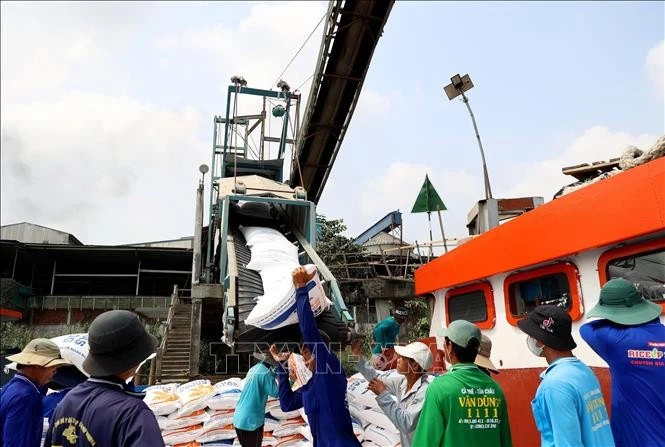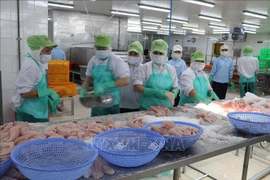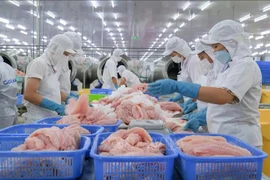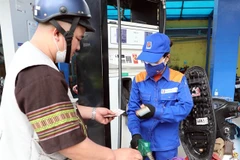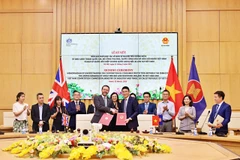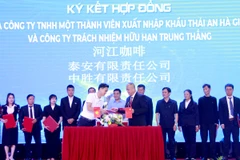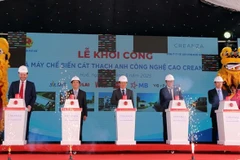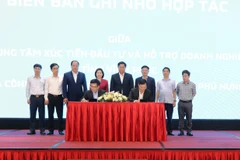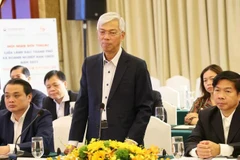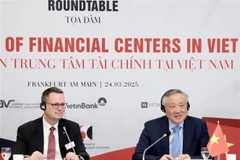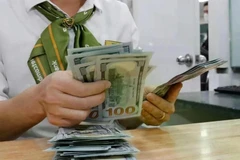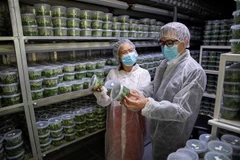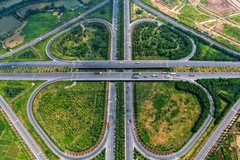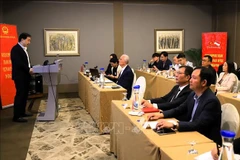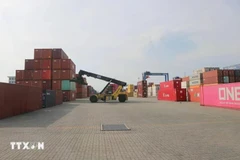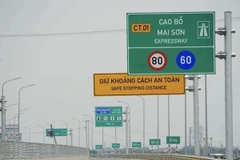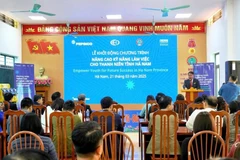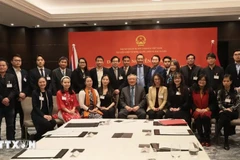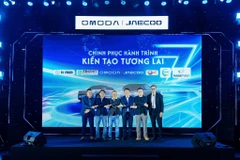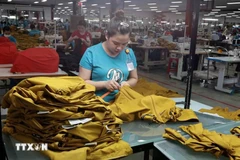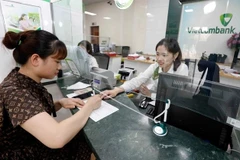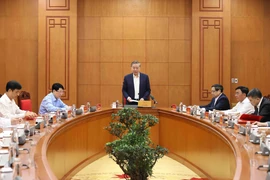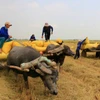Hanoi (VNA) – Vietnamese enterprises are making a strong transition to enhance product value and conquer international markets, moving away from exporting fresh or minimally processed products.
According to trade experts, Vietnam is ranked as the world's 20th largest exporter in the world and among the world's top exporters of various products such as rice, coffee, cashews, and garment-textiles.
However, Vietnam’s exports still face limitations, with the biggest one being unsustainability.
Although export turnover is high, the added value is not substantial as exports focus more on quantity rather than quality and efficiency.
Additionally, the market structure is overly concentrated on a few key markets and some key products.
Moreover, exported products often lack high technological content due to an inability to leverage competitive advantages, science and technology.
Exports still rely heavily on labour and natural resources, which poses environmental risks.
These limitations result in significant export turnover but a lack of sustainable development.
For this reason, Vietnam has developed an export strategy to 2030, aiming for sustainable export development.
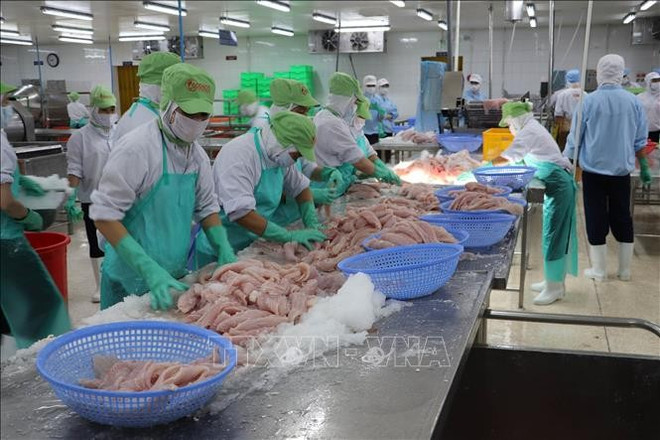
Specifically, the strategy sets goals to increase export added value based on innovation, science and technology, labour productivity, and environmental protection in conjunction with green, clean, and circular production that adapts to climate change.
It also emphasises market diversification and product diversification.
This is an important impetus for enterprises to continue their efforts in deep processing and increasing export value.
For items like grapefruit and coconut, which often have over 30% post-harvest non-compliance due to size, shape, or colour, some enterprises have started processing them into canned coconut water, grapefruit juice, or grapefruit kombucha.
Additionally, some companies are leveraging their flour production facilities to process ultra-thin rice cakes from cassava, successfully penetrating not only the domestic market but also exporting to the Republic of Korea, Japan, Australia, and the US.
Thanks to deep processing, the Vietnamese cassava industry aims for export turnover of about 2.3 - 2.5 billion USD by 2050.
General Director of the Tien Thinh Group JSC To Thai Thanh said that processed agricultural products from Vietnam, such as fruit juices, fresh fruits, dried fruits, and canned goods, are increasingly welcomed by consumers in the US and Europe.
Therefore, enterprises constantly enhance processing technology, improve packaging designs, and apply international certifications such as HACCP, GlobalGAP, and FDA, which help build trust for Vietnamese processed agricultural products in international markets.
Similarly, General Director of the Phuc Tien Agricultural Products JSC Trinh Ngoc Minh said that the company has increased investment in freezing systems, enhanced processing, and diversified products, allowing them to secure export contracts to Europe and Asia.
Minh said deep processing enables enterprises to create products that reach distant and broad markets, ensuring storage and higher yields.
Furthermore, deep processing allows factories to better manage their supply chains due to longer preservation times, gradually alleviating pressure on quick sales and dependence on export markets while ensuring efficient raw material consumption during harvest seasons.
According to the Vietnam Association of Seafood Processing and Exporting (VASEP), at international seafood exhibitions in the US and EU, value-added processed products have garnered significant interest from customers, particularly through blends of various ingredients that are highly rated after tasting.
Deep-processed products align with current consumer trends, catering to busy individuals with limited cooking time while also providing better profits for enterprises.
Nguyen Thi Hoang Thuy, Vietanmese Trade Counselor in Sweden and Nordic countries, said that Vietnamese enterprises exporting to the EU need to invest in deep processing technology and develop differentiated products to enhance export value and reduce the risk of being suspected of dumping./.
